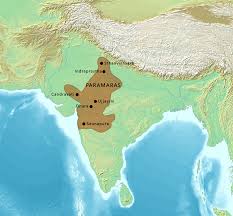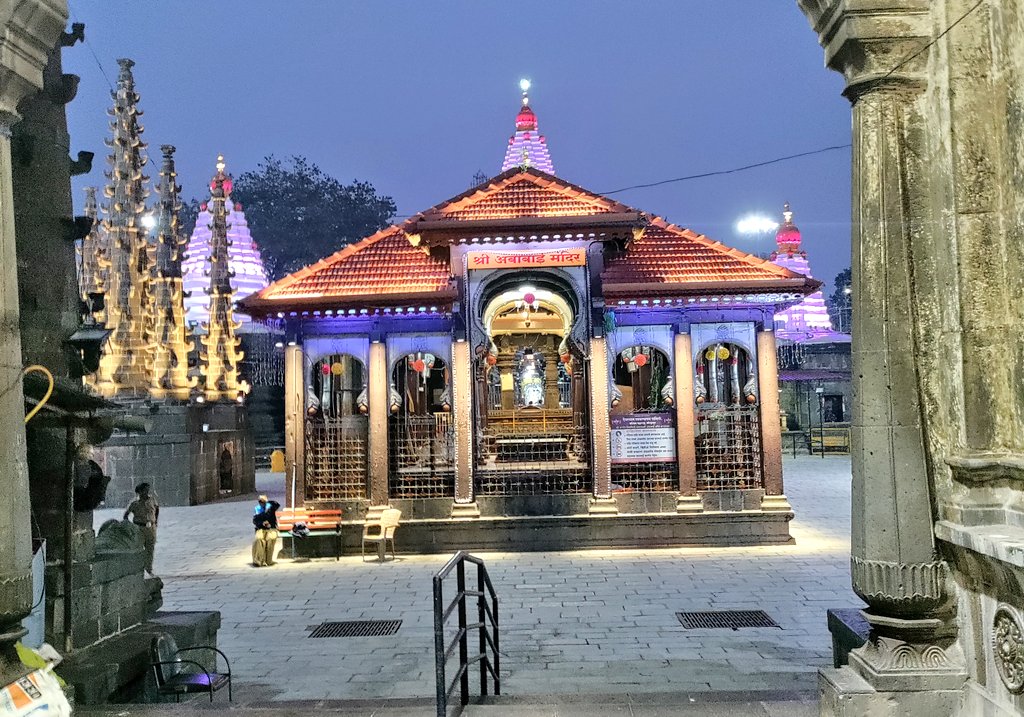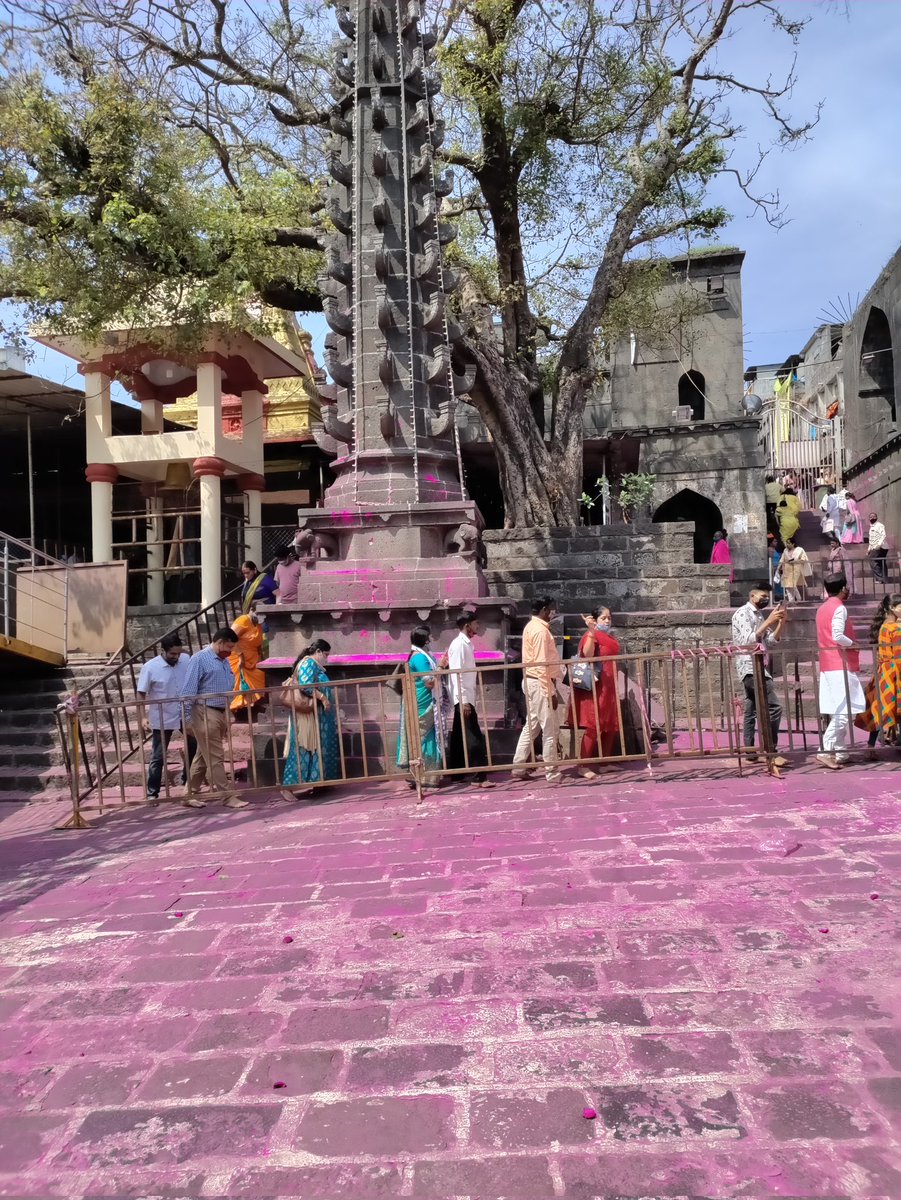
The Heliodorus Pillar of Vidisha. History students must have studied about the Besnagar inscription of the Sunga period. And here we have it, among the first instances of a Vishnu Dhwaja anywhere in India. #ThisHeartWasMeantToWander 

Situated on the confluence of the Bes and the Betwa rivers just outside the historical town of Vidisha, this pillar was erected in 113 BCE by Heliodorus, the Greek ambassador from the IndoGreek king Antialcidas to the Sunga Emperor, Bhagabhadra. 

The Ambassador Heliodorus calls himself Vishnu Bhagawata on the Inscription, a clear indication that he had embraced Vaishnavism and the Bhagwata Cult. Perhaps among the earliest converts to Hinduism. 

The pillar starts of with an octagonal shape, then becomes 16 sided, then 32 sided at it rises up and finally becomes totally rounded. It should have been adorned by a Garuda capital which has been lost to posterity. #Heliodorus 

The pillar is important because it helps in identifying and establishing historical timelines by comparing with Indo Greek dynasties. It also helps us identify the re-emergence and spread of Hinduism in the Post Mauryan age. And ofcourse underlies the importance of Vidisha town 

And most importantly, these pillars take History buffs like me back in time. I still remember stopping the vehicle and hunting out for the Mandsaur pillar inscription of Yasodharman a decade ago during my training. 

• • •
Missing some Tweet in this thread? You can try to
force a refresh
























